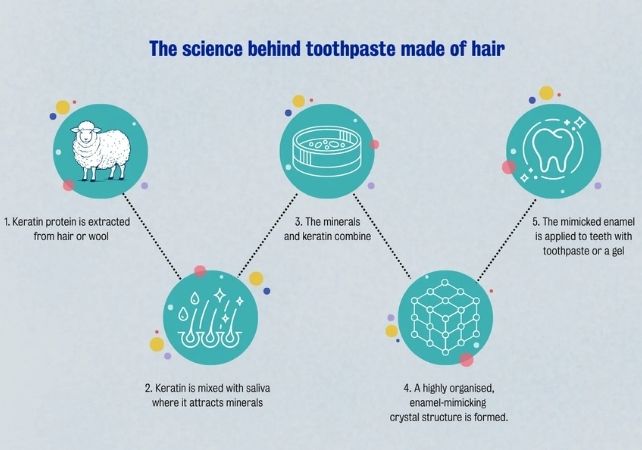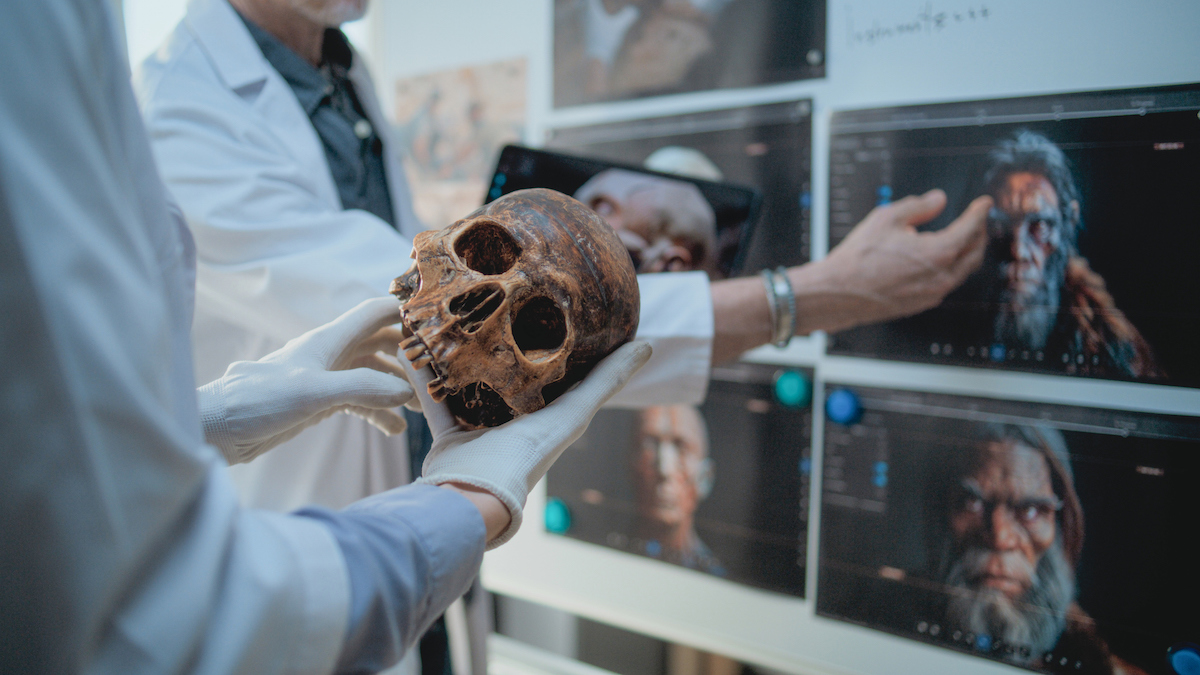The secret to stronger, whiter, healthier teeth has been hidden on the top of our heads this entire time.
Researchers from King’s College London have devised a way to use a common protein found in hair to help regenerate tooth enamel; the substance that keeps people’s pearly whites strong and pearly.
Teeth aren’t bones – a vital distinction that isn’t just for pedantry, but an explanation for why they don’t regenerate when lost or broken. So when tooth enamel erodes through diet, lapses in oral hygiene, or even aging, exposing the softer, pale yellow dentin beneath, it’s the start of permanent damage.
Related: Lab-Grown Teeth Are Another Step Closer to Reality, Scientists Reveal
Dental decay can weaken a tooth’s strength and stiffness (ability to resist deformation) by up to 95 percent, leading to persistent pain and loss of function. The resultant cavities form holes in the teeth and may expose the nerve endings within, leading to hypersensitivity, potential tooth loss, and eventually even jawbone deterioration.
This issue is surprisingly common: the Global Burden of Disease 2019 reports that untreated dental caries (decay) in permanent teeth affects approximately 2 billion people. This makes dental decay potentially the most common disease worldwide and a cause of ballooning healthcare costs.
Dentally applied resins often used to fix decay can be toxic, inferior to real tooth enamel, and a burden to resource and material sustainability. And while fluoride treatments can slow enamel erosion, they cannot prevent or reverse it.
Enter the protein keratin, which the researchers extracted from sheep wool (as opposed to our own hair) and placed in artificial saliva. The keratin pulled minerals from the simulated spit and assembled itself into something like tooth enamel.
Lo and behold, it behaved like it, too, filling in caries to provide enamel-like protection, function, and pearlescent brilliance.
For best effect, the researchers combined different types of keratin, and other proteins, to achieve various desired characteristics. These included a hierarchical (nesting-doll-like) structure that gave the keratin mix exceptional strength, durability, and resistance to numerous types of degradation.

This keratin-based dental technique could address challenges from previous, similar advances that have been foiled by bioavailability, scalability, and other practical issues, such as an inability to fix deep decay.
“We are entering an exciting era where biotechnology allows us to not just treat symptoms but restore biological function using the body’s own materials,” says Sherif Elsharkawy, an odontologist at King’s College London and the study’s senior author.
“With further development and the right industry partnerships, we may soon be growing stronger, healthier smiles from something as simple as a haircut.”
The researchers say that keratin-based enamel boosters could be available in just two or three years. Products may be available in the form of a daily toothpaste, or a clinically applied gel, like nail varnish. Imagine going to the dentist to get your teeth varnished and seeing your smile transform over the following days.
Additionally, this research may propel the dental industry toward a more circular economy founded on a “waste-to-health innovation,” creating an essential healthcare resource from what are otherwise garbage materials.
This research is published in Advanced Healthcare Materials.
Source link


